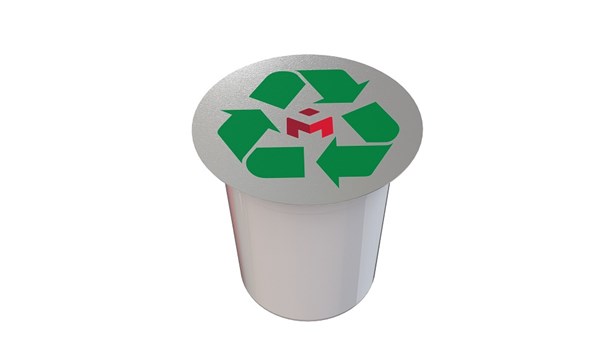What’s Brewing in Technology to Make Coffee Pods
With more than 9 billion of them sold last year alone, the prospect of selling high-output production systems to make single-serve coffee pods must be enough to make a machine builder鈥檚 mouth water.
With more than 9 billion of them sold last year alone, the prospect of selling high-output production systems to make single-serve coffee pods must be enough to make a machine builder’s mouth water.
Two different flavors of manufacturing technology (if you’ll permit me to pound the metaphor even harder) have been the subject of recent commercial announcements.
Milacron Holdings Corp., Cincinnati, says its coinjection systems using Kortec embedded technology are now being used to mold 100% recyclable coffee pods (read more about Keurig’s efforts in this regard here, here and here). The PP-based cups are replacing non-recyclable, thermoformed PS pods. One benefit of injection molding is the ability to mold in features that replace separately molded components such as filters. Milacron coinjection technology will be demonstrated in molding Klear Cans at the K 2016 show. Read more here.)
Meanwhile, Sacmi Imola S.C. of Italy ( in Des Moines, Iowa) has sold two of its 32-cavity CCM (continuous compression molding) systems to Mitaca of Milan, Italy, to produce PP coffee pods for Illycaffé. Cycle time of 3.2 sec is said to be half that for injection molding, allowing output of around 600 pods/min. CCM reportedly also makes lighter pods weighing just 2.15 g with improved thickness control of the pod bottom. Sacmi will demonstrate CCM processing of bottle caps at 1000/min with just 24 cavities at K 2016. (Read more here.)

Related Content
-
Back to Basics on Mold Venting (Part 1)
Here’s what you need to know to improve the quality of your parts and to protect your molds.
-
How to Design Three-Plate Molds, Part 1
There are many things to consider, and paying attention to the details can help avoid machine downtime and higher maintenance costs, and keep the customer happy.
-
Three Key Decisions for an Optimal Ejection System
When determining the best ejection option for a tool, molders must consider the ejector’s surface area, location and style.







